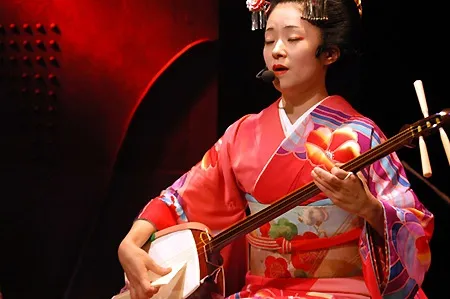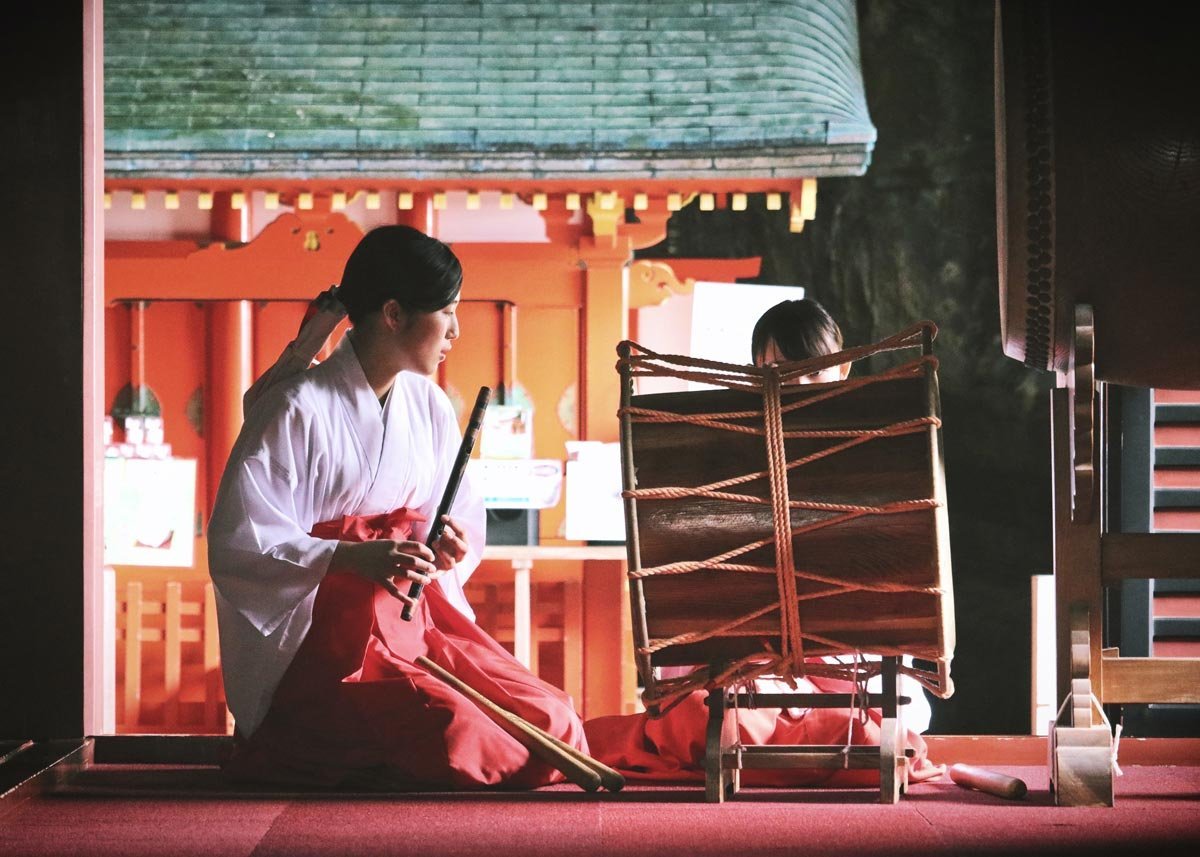Japanese music boasts a rich and diverse history, evolving from ancient traditions to contemporary genres. This journey through time showcases how Japanese music has transformed while maintaining its unique cultural essence. Here, we explore the evolution of Japanese music from its traditional roots to its modern-day forms.
Entertainment Anytime, Anywhere
Just as music and film bring people together, mobile gaming offers an immersive experience on the go. Explore a variety of exciting games at https://www.wolfwinner.fun/en/mobile-casino and enjoy top-tier entertainment from anywhere. Whether indulging in creative storytelling or thrilling gameplay, great entertainment is always within reach.
Traditional Japanese Music
Ancient Roots and Early Influences
Japanese music’s origins trace back to ancient times, influenced by various cultural exchanges with China and Korea. Early Japanese music included the use of traditional instruments such as the koto (a zither-like instrument), shamisen (a three-stringed instrument), and biwa (a lute). These instruments were integral to religious and court ceremonies, setting the foundation for Japanese musical traditions.
Explore Innovative Audio Solutions at MoosicLab
MoosicLab.com offers advanced audio tools and solutions for musicians, producers, and sound enthusiasts looking to enhance their projects. Their platform combines cutting-edge technology with user-friendly interfaces to deliver professional-quality results. For a mix of entertainment and relaxation alongside your audio explorations, visit the kingjohnnie Homepage to enjoy engaging online experiences. Experience creativity and fun in one seamless digital journey.
Gagaku and Noh Music
Gagaku, the classical court music of Japan, dates back over a millennium. This genre features a mix of instrumental and vocal performances, often accompanied by intricate dances. Gagaku has maintained its significance in ceremonial and religious contexts, preserving traditional Japanese musical aesthetics.
Noh music, associated with Noh theater, is another cornerstone of traditional Japanese music. It combines singing, chanting, and instrumental music to accompany dramatic performances. Noh music emphasizes slow rhythms and subtle tones, reflecting the philosophical and spiritual themes of the plays.
Medieval and Early Modern Periods
Kabuki Music
During the Edo period (1603-1868), Kabuki theater emerged as a popular entertainment form. Kabuki music incorporates lively and dramatic elements, enhancing the theatrical performances with dynamic rhythms and vocal styles. The music of Kabuki includes both traditional instruments and innovative compositions, contributing to its distinctive sound.
Popular Music and Folk Traditions
The early modern period saw the rise of popular and folk music genres. Enka, a genre that combines elements of traditional Japanese music with Western influences, became popular in the early 20th century. Enka music often features sentimental lyrics and melodramatic melodies, resonating with audiences through its emotional depth.
Folk music, or min’yō, also gained prominence during this period. Min’yō encompasses regional styles and songs, reflecting the diverse cultural landscapes of Japan. This genre includes both upbeat and melancholic tunes, often performed at festivals and community events.
Post-War Transformation
J-Pop and Western Influences
The post-war era marked a significant shift in Japanese music, with the rise of J-Pop (Japanese pop music). Influenced by Western rock and pop, J-Pop emerged as a vibrant and eclectic genre. Artists like Kyōko Koizumi and Kyu Sakamoto helped popularize J-Pop, blending traditional Japanese elements with contemporary sounds.
The 1980s and 1990s saw the emergence of influential J-Pop artists such as Hikaru Utada and Namie Amuro, who introduced innovative styles and international appeal. Their music embraced various genres, from dance-pop to R&B, showcasing Japan’s adaptability to global trends.
The Rise of Anime Music
Anime music, or anisong, became a prominent genre in the late 20th century. Themes from anime series and films gained popularity, with artists like Yoko Kanno and Joe Hisaishi contributing memorable soundtracks. Anime music often blends orchestral arrangements with pop and rock influences, creating a unique and immersive auditory experience.

Contemporary Trends and Innovations
Modern Pop and Rock
In recent years, Japanese music has continued to evolve with the emergence of modern pop and rock bands. Artists like Perfume and Arashi represent contemporary J-Pop, incorporating electronic and experimental elements into their music. Similarly, bands like ONE OK ROCK and Babymetal blend rock and metal with traditional Japanese influences, appealing to global audiences.
Electronic and Experimental Music
The rise of electronic and experimental music in Japan reflects the country’s ongoing innovation in the music industry. Artists like Cornelius and Ryuichi Sakamoto have pushed the boundaries of sound, exploring new textures and technologies. Their work exemplifies Japan’s commitment to blending traditional elements with cutting-edge techniques.
Globalization and Cross-Cultural Collaborations
Globalization has further influenced Japanese music, leading to cross-cultural collaborations and international recognition. Japanese artists frequently collaborate with global musicians, expanding their reach and blending diverse musical traditions. This exchange fosters a dynamic and interconnected musical landscape, reflecting Japan’s role in the global music scene.
Conclusion
The evolution of Japanese music showcases a rich tapestry of cultural influences and artistic innovation. From traditional court and folk music to modern pop and experimental genres, Japanese music reflects the nation’s ability to honor its heritage while embracing contemporary trends. As Japan continues to push musical boundaries, its diverse and evolving soundscape remains a testament to its vibrant cultural history.











